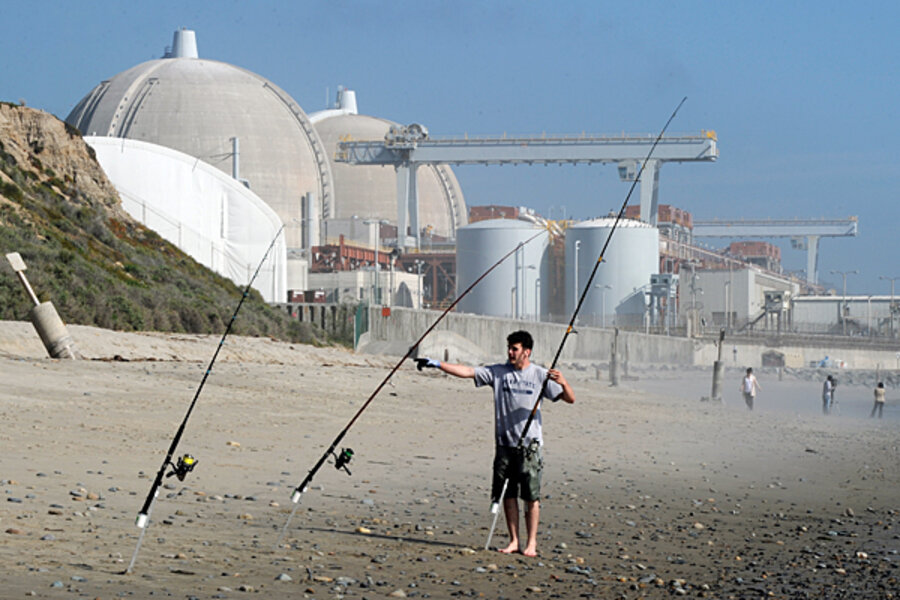Both the partial core meltdown at Pennsylvania's Three Mile Island in 1979 and the explosion and fire at the Chernobyl nuclear plant in 1986 could be traced to varying combinations of mechanical malfunctions and operator error. The explosions, fires, and released radiation at the six-reactor Fukushima Daiichi plant have spotlighted the other end of the hazard spectrum: natural triggers.
In the aftermath of Three Mile Island, nuclear engineers tried to design reactors immune to accidents, including those triggered by earthquakes, says Michael Golay, a professor of nuclear science and engineering at the Massachusetts Institute of Technology in Cambridge, Mass. After a decade's effort, engineers concluded that strong earthquakes were the biggest threat and "could overwhelm anything you could do," he says. Referring to a range of threats, he adds, "There are simply too many, and you don't have the resources" to deal with them all.
In the US, the Nuclear Regulatory Commission (NRC) is lengthening plant lifetimes, granting utilities permission to keep plants operating longer than envisioned in the original licenses.
President Obama has tried to facilitate construction of new nuclear plants – as a response to global warming – through a loan-guarantee program run by the Department of Energy. He announced an initial $8.3 billion for the program in February 2010, and requested an additional $39 billion for this fiscal year.
On March 18, Mr. Obama asked the NRC to comprehensively review nuclear-plant safety in the US – a process plants themselves began as the crisis in Japan unfolded, according to Bryant Kinney, an industry spokesman and former official with North Carolina-based Duke Energy.
Although final lessons won't emerge until after a thorough review of the effects of the earthquake and tsunami – and of the utility's response – the event highlights several key issues surrounding nuclear power, specialists say.





